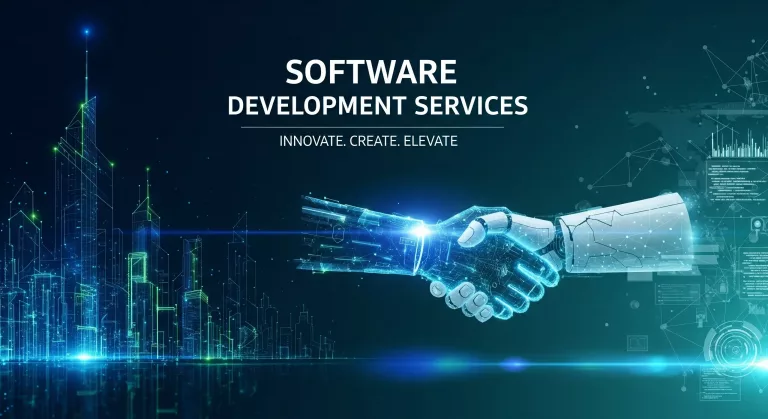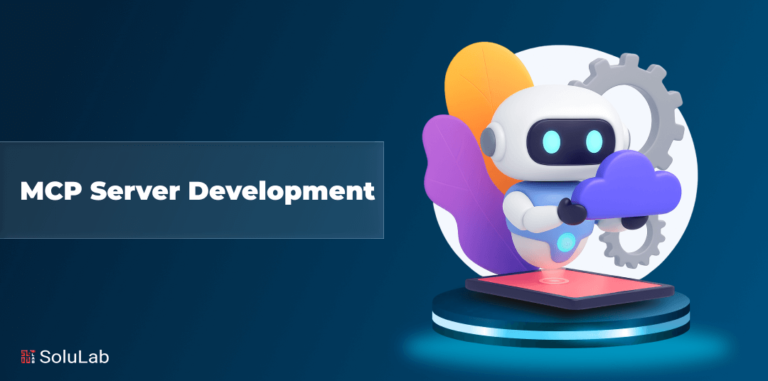
First, to understand our stance at blockchain being our knight in shining armor for cloud computing, let us first understand the innate nature of cloud computing and what ground it stands on. In a nutshell, Cloud Computing is the delivery of services like storage, databases, and the internet on a local server rather than a particular computer. The main aim of cloud computing is to enrich accessibility. It enhances the IT and technical work for developers and professionals to effectively organize their resources and manage their accounts. So quintessentially, the entire data is available on every device it is accessed from.
Cloud Computing has been consistently growing over the last decade. It is assumed to reach the mark of $300 billion in 2020. This growth is mainly owed to the big tech giants like Amazon Web Services, Microsoft Azure, Google Cloud, Alibaba, etc. with AWS being the top player in the field with a market share of over 33%, Key players who have established a solid ground are expected to enter the market soon enough namely BMC, Open Text, etc.
In particular, Amazon and Google consistently look ahead in the game and successfully deliver up to 50 new features every month. Dazzling as it is, it puts forth complexities and discrepancies that arise with innovations. Apart from this, the features introduced are not the immediate need of firms and individuals, so they end up inhabiting the spaces unnecessarily of already diverse and complex IT infrastructures of certain organizations.
According to Gartner, the global expenditure on the Internet of Things (IoT) is expected to cross $1 trillion by 2021. This clearly figures clearly state the enormous amount of data that will be generated by IoT, and this increasingly necessitates the need for higher optimization. According to a white paper published by Cisco, a conglomerate, the data generated, by 2021, is expected to rise to 850 Zettabytes (109 TB makes up 1 ZB). All these stats raise a serious question about whether the existing computer systems can process and store such a humongous amount of data.
Loopholes in the current Cloud Computing Mechanism
According to a survey directed by Gartner, Cloud Computing tops the list of emerging risks, contributed by a council of 110 senior executives reporting their respective company’s problems. The main issue that gauged the focus was addressing the security of a platform with such huge exposure and can be prone to unauthorized access. The complexities that come with cloud computing also invite attackers globally to find leaks in the system and malware personal and sensitive information. The downside can also take the form of a lack of operations from the cloud provider’s side as a result of disruption that consequently leads to downtime in the entire network, failing to provide access to information.
There suddenly has been a pool of free service providers that offer the benefit of storing databases and information. However some of these take an ungranted stance by clearing the information they perceive as offensive without providing proper backup to clients. This leads to an increased risk of data loss and dispersion of control.
A renowned global cryptographer, Burce Schneier, pointed out that cloud computing may fail to meet an organization’s legal requirements. The trends in regulatory infrastructure have seen drastic changes, and the complexities in cloud-based centralized computing make the mechanisms harder to trust and tougher to get authorized.
Another demotivating phenomenon that has been observed is that cloud-based companies have been popular in large businesses and do not attract small industries primarily because of their affordability and feasibility.
Researchers and Analytics suggest one of the main disruptions is the centralization of these cloud services. The data has to travel through highly regulated central servers, which ultimately leads to a rise in costs and a decrease in efficiency and connectivity. Centralization of repositories also adds concerns of privacy, security, and verifiability of computations.
What can be done?
Decentralization of these repositories and servers stands as a promise. And what better than inducing Blockchain in Cloud Computing to provide it the benefits of devolution? Developers worldwide have realized the urgency of a decentralized network to reframe the infrastructure of cloud computing. The IoT industry can gain largely from the integration of AI and distributed ledgers. One similar concept is edge computing. Edge computing is somewhat a mixture of P to P (peer to peer), hoc networking local cloud, grid, fog computing, distributed data storage, and other enhanced solutions wherein some portion of the data is displaced from one or more central nodes to the end-users or the other edge local cloud computing, grid computing, fog computing, distributed data storage and other more sophisticated solutions. Edge Technology will dominate the IoT market by over 25% in the next few years, which is astonishing given that investments in IoT are expected to reach $500 Billion. Edge computing provides comprehensive solutions to these problems, which are unavoidable in cloud computing. It addresses the network bandwidth issue by reducing it to a permissible limit; the data transfer becomes much smoother and facilitates data compression. With innovations in the IoT sector, M2M i.e., machine-to-machine transactions and transfers will also grow and provide a flow for the same, for example, environment or weather metrics.
How will Blockchain address these issues?
Blockchain technology is built on a distributed ledger mechanism wherein all the parties reach a consensus to build the blockchain. Another advantage to this is that blockchains are immutable, to be simply put, once some data is stored on a blockchain, it stays there forever. This’ll assist you in knowing where, when, and how your information has been used—thus safeguarding the security of your assets and information saved on the clouds. So we all can agree that blockchain addressed some of the major issues consequential in cloud computing, if not all.
The Blockchain technology has already shown wonders in the financial cryptocurrency market with Bitcoin, which then led to an intervention of many such brands. Hence, on the path to revolutionizing the finance industry, the same can be said for cloud computing very soon.
Blockchain can also assist with its reward mechanism. The host of various nodes can be rewarded in its currency, also known as tokens. It is a useful encouragement tactic for interested parties to put their resources online, and it also avoids misbehaving actors.
With so many sugar cubes, there are some sour patches. Blockchain has to ensure that the reward mechanism is in place to provide a proper reward system to the stakeholders, failing which the institution’s integrity can be questioned. It could also make sure there is no unjustified distribution of rewards.
Another feature that comes readily with cloud-based computing is the large chunk of data that it deals with, i.e., more or less scalability. With the current infrastructure systems in Blockchain, and its vulnerability, how will it be able to garner large amounts of data and exhibit scalability while ensuring efficiency and speed of the enormous transactions and transfers of data?
One of the most important aspects is the proper computation of the program so as not to make it more vulnerable to attacks by cybercriminals. It is the top priority failing in which there will be a high breach in the protection of sensitive information that can be devastatingly misused if tampered with. This causes the need to center the attention to making it more secure and properly calculated to avoid discrepancies. And in a sense, if a provider cannot promise these basic rights, they deny the services they aim to offer.
Using a trusted interface that links smart contracts with real-world occurrences because a glitch in this system might lead to a severe crash in the system.
Another aspect that needs to be taken care of is the erasure control if and when the wall crashes. To control how much data is to be erased, and what data should be preserved, and in some cases, have a reasonable backup. These powers also need to be carefully distributed to avoid major losses.
Evidently, before implementing these changes, there is a lot down the road.
Conclusion
Cloud Computing has undoubtedly given us so much exposure. No more transferring loads and loads of files when changing devices and wasting human resources and time. Your Google Accounts or Apple Accounts do that for you. Just log in and there, you go, all your files in front of you. Sure it has made our lives much easier, but its growing complexities require more innovative solutions to manage time, increase efficiencies, and enhance regulation. A lot of these problems are existential because of centralized systems and servers. Researchers have consistently been trying to find solutions and have narrowed it down to Blockchain as the game-changer. True, with the many advantages that blockchain provides, it comes with a checklist that needs to be fulfilled before it can be optimally integrated with Cloud Computing. It still is a long way to go.




